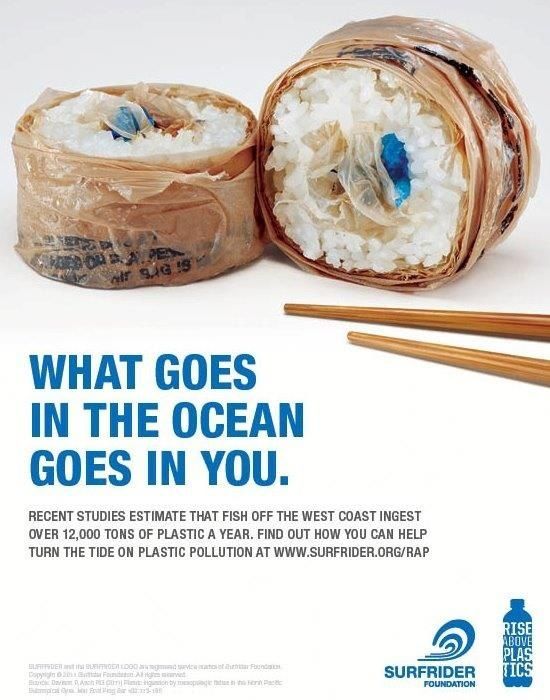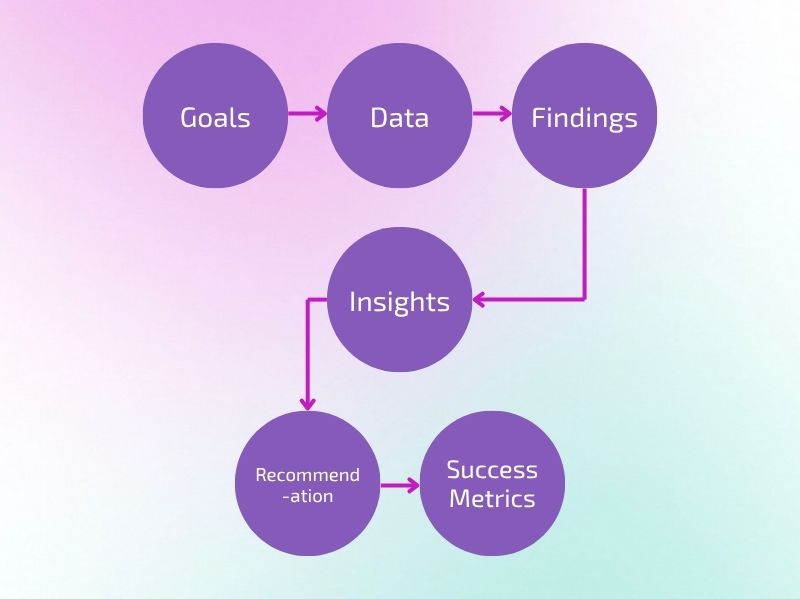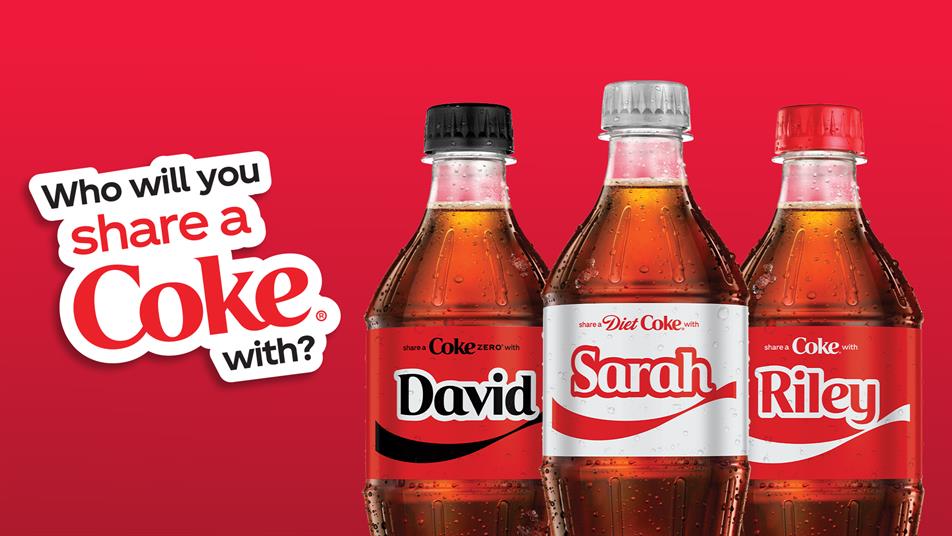Advertising Analysis: How to understand if your ads are doing well
Running ads is easy—but figuring out which one truly “earns its keep” takes solid advertising analysis.
Whether you run a brand, manage the marketing budget, or report results to your boss, knowing how to read the data tells you where to double down and where to adjust.
This guide will teach you, step by step:
How to make sense of ad data analysis (from impressions and clicks to conversions)
How to write a persuasive ad analysis report
A few classic ad analysis Examples to help you lock onto the essentials fast
In the simplest way possible, we’ll help you turn “data” into “marketing decisions.” Jump to:
1. Start with Three Things: Audience, Content, and Measurement
1) Audience (Are you targeting the right people?)
Is your ad running on the right platform? Search, social, video, DOOH—each serves a different role.
Is your audience close to your target? Check location, age, interests, and intent.
Key metrics: impressions, CTR, bounce rate, engagement rate. For definitions and benchmarks of common ad metrics, see the latest performance index and reference guide.
2) Content (Does the message resonate?)
Do your visuals and copy align with user intent (awareness/consideration/conversion)? The AIDA model (Attention–Interest–Desire–Action) is a useful check.
Landing page consistency: the promise in your ad should match the headline on your page. Multiple 2025 benchmark reports highlight this as a direct driver of conversion rate.
3) Measurement (Prove it’s worth continuing)
CPA, ROAS (Return on Ad Spend), and conversion rate are your main evaluation metrics—but don’t ignore long-term indicators like average order value and repeat purchase/LTV.
If you’re running search ads, use Quality Score (1–10 at the keyword level) as a diagnostic—it reflects relevance and user experience.
2. Platform Quick Check: Google Ads Analysis and Facebook Ads Analysis
A. Google Ads Analysis (Search/Display Focus)
- Review performance at the keyword level: CTR, conversion rate, and costs (CPC/CPA). Cross-check low performers against the three quality score components—expected CTR, ad relevance, and landing page experience.
- Frequency: check anomalies daily, adjust structure weekly (add negative keywords, split out high-performing ones).
B. Facebook Ads Analysis (Social Performance Review)
- Match metrics to objectives (awareness/consideration/conversion). Analyze by placement, age, and interest segment.
- Key metrics: reach, CPM, clicks & engagement, add-to-cart/form fills, cost per result.
- Use Ads Manager to customize columns and compare ad sets. Gradually phase out low-performing creatives.
Related articles:
3. Creative/Visual Layer: How to Do Print Ad Analysis (Also Works for Any Visual Asset)
Success or failure often lies in the unseen persuasion. When analyzing print ads, follow these three steps:
What’s being said (Core message): Is the headline, slogan, and copy clear?
How it’s said (Visual rhetoric): Consider composition, colour, focus, metaphors, and symbols (semiotics).
Who it’s for (Context): Which audience is it targeting? Does it fit their culture and context?



4. Write an Ad Analysis Report Step by Step (Copyable Framework)

Following best practices, your report should cover six parts: Goals, Data, Findings, Insights, Recommendations, and Success Metrics. Here’s a plug-and-play outline:
- Goals: What are we trying to achieve this round? (e.g., 30% more trial bookings, increased brand reach, more website inquiries.)
- Data summary: spend, impressions, CTR, conversion rate, CPA, ROAS (broken down by platform/audience/creative).
- Key findings: which audience/keywords/placements performed best? Which landing page shows the highest drop-off?
Insights: explain the “why” behind the numbers. For example:
The ad image is too busy, so the main point isn’t clear.
The message is too generic, so the audience doesn’t connect.
The landing page doesn’t match the ad promise, causing drop-offs.
- Recommendations:
- Search: add negative keywords, improve relevance, prioritize high-ROAS terms.
- Social: replace low-engagement creatives; move high-engagement audiences into conversion creatives.
- Website: align above-the-fold with the ad promise, speed up pages, shorten forms.
- Success metrics: Finally, set concrete targets for the next cycle—for example, reduce cost per inquiry by 15% next week, and drive more completed bookings or purchases next month.
5. Turning Data into Conclusions: Three Steps for Ad Data Analysis
The goal of reading data isn’t only to record numbers. It’s to discover what’s working and what’s not. You don’t need advanced analytics tools; just follow these three steps to quickly spot the key insights:
1. Go Back to Your Original Goal
First, clarify the objective of this campaign:
Is it to build brand awareness? Or to drive immediate purchases or bookings?
Your focus metrics depend on the goal you set.
If the goal is to “increase exposure,” check how many people saw the ad.
If it’s to “spark interest,” look at clicks and engagement.
If it’s to “drive action,” measure how many people actually booked, purchased, or submitted a form.
2. Compare Different Combinations to Find Differences
Don’t just look at totals — break down the data. For example:
Which audience responds the strongest? (age, region, gender)
Which ad content is most appealing? (images, headlines, videos)
When you compare results side by side, you’ll see where to invest more and where to fine-tune.
3. Look Beyond Data — Think Business
Good-looking numbers don’t always mean profit. You need to step back and ask from a business perspective:
Did the campaign actually bring in paying customers?
What’s the average revenue per customer?
Do customers come back again?
6. Analyzing Ads: Three Case Studies to Understand the Strategy Behind the Ads

Example 1: Coca-Cola “Share a Coke”
Audience (Who?)
Targeted mainly at young people and active social media users who enjoy interaction and self-expression.
Message (What?)
Coca-Cola replaced its logo with popular first names, encouraging people to “share a Coke with” someone. The focus was on human connection, not product features.
Results (Impact)
- In the 2014 U.S. campaign season, carbonated drink sales rose by over 2%.
- The campaign was rolled out in more than 80 countries in its first few years.
- The 2025 relaunch version is expected to reach over 120 countries worldwide.
Also read: Best Coca-Cola Adverts
Example 2: Nike “You Can’t Stop Us”
Audience (Who?)
The target group includes sports enthusiasts who value perseverance and inclusivity, regardless of nationality or gender. Nike sought to showcase the universal power of sport by connecting different athletes and moments.
Message (What?)
The video uses split-screen editing to connect footage from various sports, emphasizing the message: “No matter what happens, we move forward.” The focus wasn’t on selling products—it was about storytelling, resilience, and unity.
Results (Impact)
- The video has accumulated over 58 million views since launch.
- The campaign generated an estimated US$8.95 million in media impact value globally.
- Influential posts (such as Cristiano Ronaldo’s Instagram share) alone contributed around US$1.4 million in media value.
Example 3: McDonald’s Hong Kong 50th Anniversary Campaign
Audience (Who?)
Targeted mainly at middle-aged Hong Kong residents who grew up with McDonald’s and have nostalgic feelings toward the brand, while also engaging younger audiences through social and game-based participation.
Message (What?)
McDonald’s placed 50 “Ronald McDonald benches” across Hong Kong and created a city-wide scavenger hunt where people could scan QR codes to collect stamps and interact with brand memories. The theme centered on “Rediscovering McDonald’s in our memories” and “Walking with the city for 50 years.”
Results (Impact)
- The campaign reportedly generated over USD 9 million in media impact value.
- Social buzz increased by 161%, with 99% of mentions being positive.
- The campaign videos (including the “Bench Placement” clip and related content) garnered over 19 million total views.
- Over 2 million Hong Kong residents participated in the scavenger hunt experience.
Read related articles:
 Cookie preferences
Cookie preferences








 Xiaohongshu Advertising Guide: How Can Hong Kong Brands Maximize Their Results?
Xiaohongshu Advertising Guide: How Can Hong Kong Brands Maximize Their Results?
 2x your advertising effectiveness: Master big data to optimize ad ROI
2x your advertising effectiveness: Master big data to optimize ad ROI
 Top 5 Best Ads in 2025 in Hong Kong
Top 5 Best Ads in 2025 in Hong Kong
 Hong Kong Outdoor Advertising Cost in 2026 | Adintime Report
Hong Kong Outdoor Advertising Cost in 2026 | Adintime Report
 Marketing Calendar 2026: Key Dates For Marketing Success
Marketing Calendar 2026: Key Dates For Marketing Success
 The Most Widely-Read Magazine and Newspaper in Hong Kong
The Most Widely-Read Magazine and Newspaper in Hong Kong
 OOH /DOOH advertising in Hong Kong: Formats and Rates (2025 Update)
OOH /DOOH advertising in Hong Kong: Formats and Rates (2025 Update)
 Understanding YouTube Advertising Costs in 2025
Understanding YouTube Advertising Costs in 2025
 How much does LinkedIn Advertising Cost? (2025 Update)
How much does LinkedIn Advertising Cost? (2025 Update)
 Press Ad Basics: Types, Formats and Ad Price
Press Ad Basics: Types, Formats and Ad Price